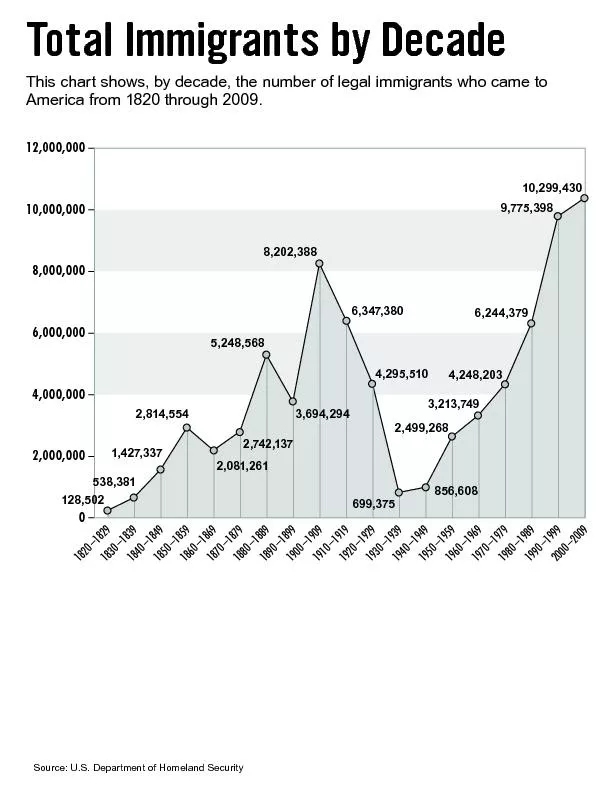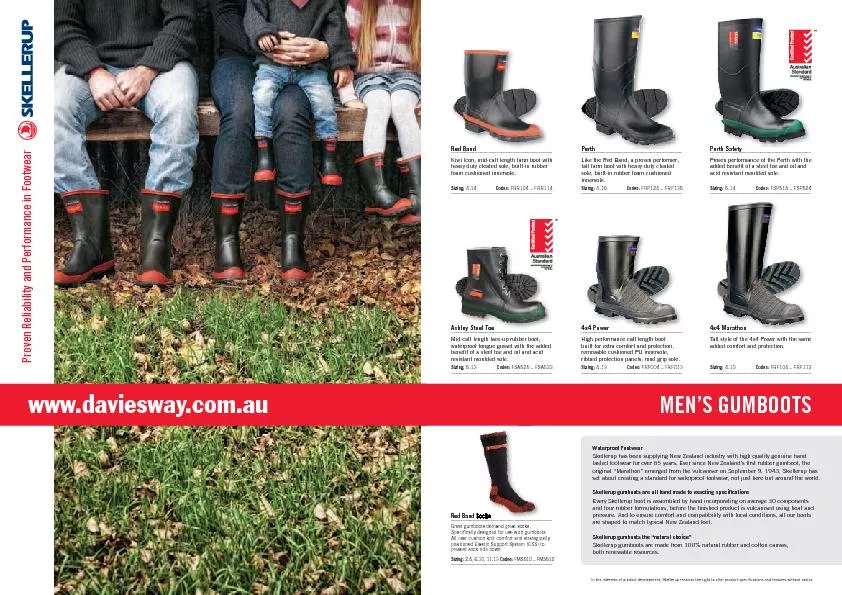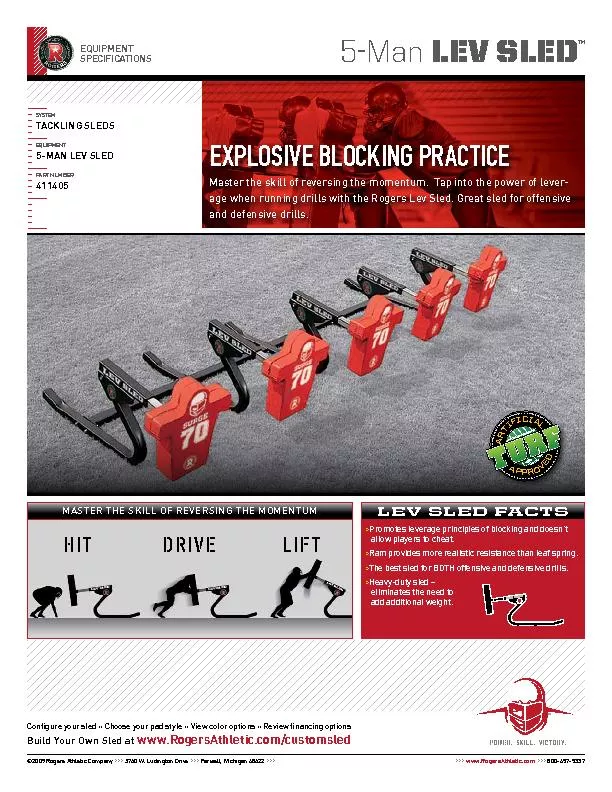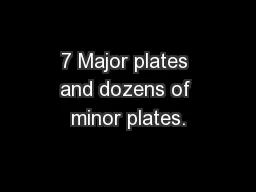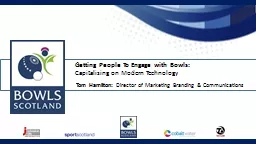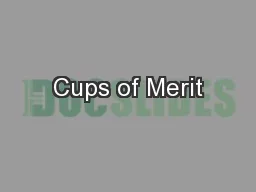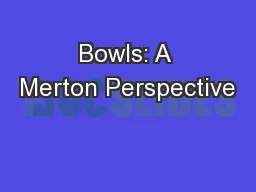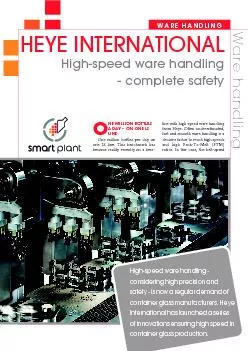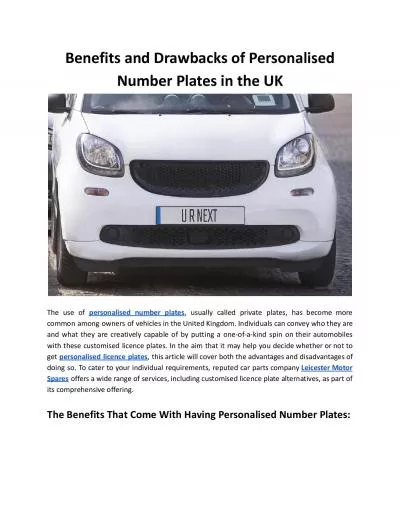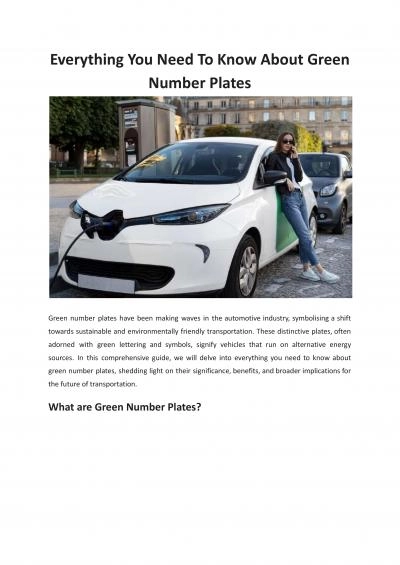PDF-food service ware–plates, bowls, cups,
Author : blanko | Published Date : 2020-11-23
Disposable cutlery clamshells and other products150is widely used in hospitals Disposable products provide some ben e31ts to hospitals151ease of use minimal maintenance
Presentation Embed Code
Download Presentation
Download Presentation The PPT/PDF document "food service ware–plates, bowls, cu..." is the property of its rightful owner. Permission is granted to download and print the materials on this website for personal, non-commercial use only, and to display it on your personal computer provided you do not modify the materials and that you retain all copyright notices contained in the materials. By downloading content from our website, you accept the terms of this agreement.
food service ware–plates, bowls, cups,: Transcript
Download Rules Of Document
"food service ware–plates, bowls, cups,"The content belongs to its owner. You may download and print it for personal use, without modification, and keep all copyright notices. By downloading, you agree to these terms.
Related Documents



